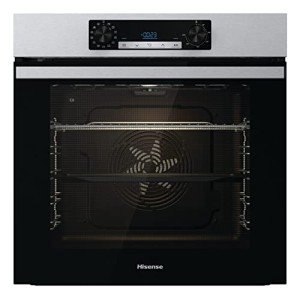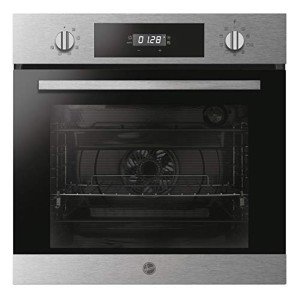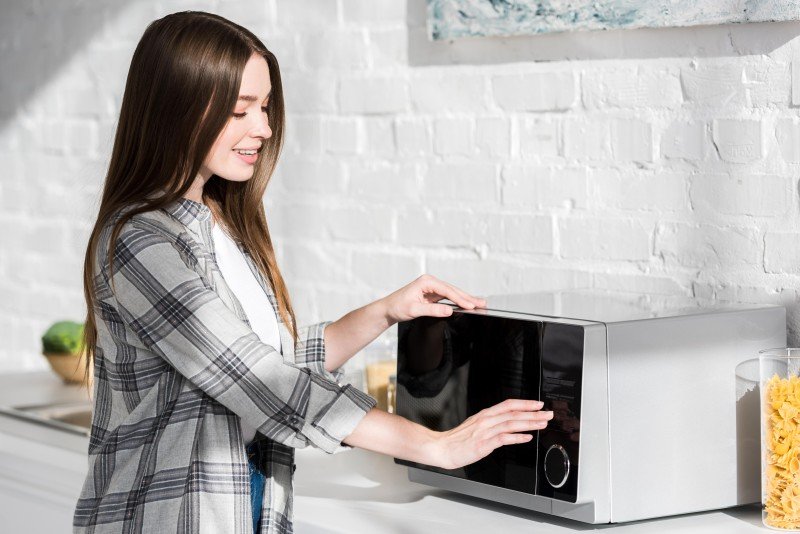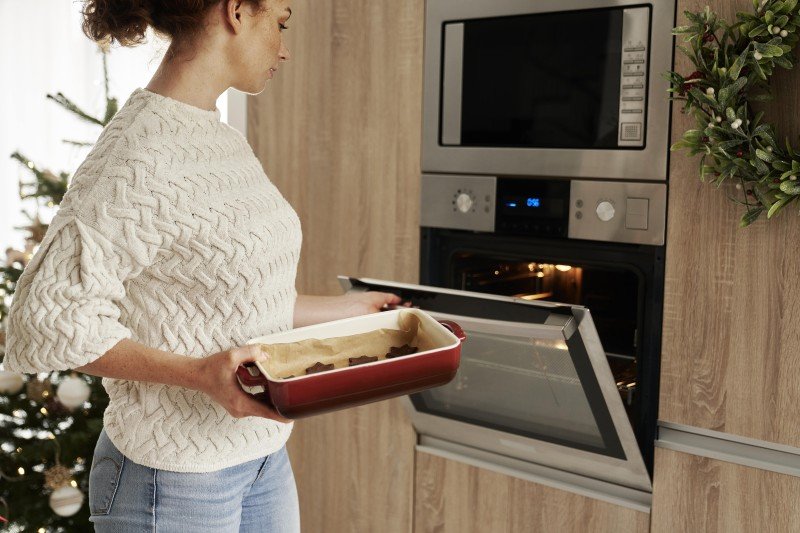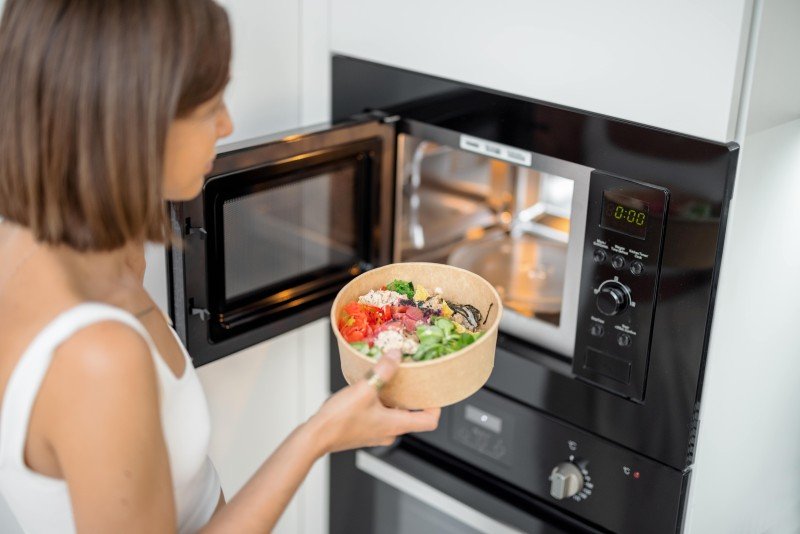Maintaining a clean kitchen is essential for both hygiene and culinary success. Among the many kitchen appliances, ovens hold a prominent place due to their frequency of use and the messes they can create. Self-cleaning ovens represent a significant advancement in kitchen technology, making the task of oven cleaning much more manageable. This guide explores the functionality, benefits, and considerations of self-cleaning ovens, along with a detailed comparison of different cleaning methods.
Overview of Self-Cleaning Ovens
Self-cleaning ovens utilize high temperatures to eliminate baked-on food residue, grease, and grime. These ovens typically have three main self-cleaning methods:
-
High-Temperature Cleaning (Pyrolytic)
- Involves heating the oven to extremely high temperatures (around 900 degrees Fahrenheit) to turn food pguides into ash, which can then be easily wiped away.
-
Steam Cleaning (Hydrolytic)
- A gentler method that involves adding water to a special tray and heating the oven. The steam loosens grime, making it easier to wipe away after the cycle.
-
Easy Clean
- This method uses a shorter cycle that combines heat and steam to clean the oven without the intensity of the high-heat method.
Table 1: Comparison of Self-Cleaning Oven Methods
| Cleaning Method | Temperature Range | Time Required | Best For | Cleaning Effort |
|---|---|---|---|---|
| High-Temperature | Up to 900°F | 2-4 hours | Heavy, baked-on messes | Low (but requires cool down) |
| Steam Cleaning | 250-300°F | 30 minutes | Light spills and grease | Moderate |
| Easy Clean | 250-300°F | 1-2 hours | Moderate stains | Low |
Benefits of Self-Cleaning Ovens
Self-cleaning ovens come with numerous advantages that can make cooking and cleaning much simpler:
- Reduced Cleaning Time: Manual scrubbing and cleaning can take hours. Self-cleaning reduces this time to mere minutes post-cycle.
- Convenience: With just the push of a button, homeowners can ensure their ovens remain clean without needing to exert effort or use harsh chemicals.
- Improved Hygiene: High-temperature cleaning methods effectively kill bacteria and eliminate residues that could contaminate food.
- Durability: Regular cleaning cycles can extend the life of the oven by preventing the buildup of corrosive substances that can damage internal components.
Considerations When Choosing a Self-Cleaning Oven
While the benefits are compelling, there are also several points to consider before purchasing a self-cleaning oven:
- Heat Emission: The self-cleaning cycle generates high heat that can affect surrounding cabinets and countertops. Proper ventilation is crucial.
- Pet Safety: Animals should be kept at a distance during the cleaning process due to the elevated temperatures and potential fumes.
- Energy Usage: High-temperature cleaning cycles consume more energy than standard cooking processes, which could impact energy bills.
- Maintenance Costs: While the self-cleaning feature may save time on regular cleaning, initial purchase prices and potential repair costs should be factored in.
How to Use a Self-Cleaning Oven Effectively
Using a self-cleaning oven is typically straightforward, but a few best practices can enhance results:
- Remove Accessories: Take out oven racks, trays, and any items that could be damaged during the cleaning cycle.
- Wipe Down Excessive Messes: If there are large spills or excessive food debris, wipe these down before starting the cleaning cycle to enhance cleaning efficiency.
- Follow Manufacturer Instructions: Each oven model may have specific guidelines for setting up and executing the self-cleaning process.
- Ventilate the Space: Open windows and utilize exhaust fans during cleaning to help dissipate any smoke or odors.
FAQs About Self-Cleaning Ovens
1. Are self-cleaning ovens safe to use?
Yes, self-cleaning ovens are safe when used according to manufacturer instructions. The high temperatures can pose hazards if not properly managed, particularly concerning surrounding cabinetry and pets.
2. How often should I use the self-clean feature?
This depends on usage, but self-cleaning every few months is generally sufficient for most households. For heavy bakers, monthly self-cleaning might be beneficial.
3. Can I leave my oven while it's self-cleaning?
It’s recommended to stay nearby during the cleaning cycle. While it’s generally safe, maintaining awareness allows you to address any unexpected issues.
4. What do I do if my oven doesn't clean properly?
Consult the oven's user manual for troubleshooting tips. If problems persist, it may require maintenance or repair.
5. Will self-cleaning ovens smell during the process?
Yes, unpleasant odors and smoke may occur due to burning residue inside the oven. Ensure proper ventilation when using the self-clean feature.
Self-cleaning ovens offer an innovative solution to the timeless chore of oven maintenance. By harnessing high temperatures or steam to eradicate residues easily and efficiently, these appliances simplify kitchen upkeep. However, potential buyers should weigh the benefits against considerations such as heat emission, energy consumption, and safety. When used correctly, self-cleaning ovens can indeed save time and effort, making them a worthy addition to modern kitchens.

